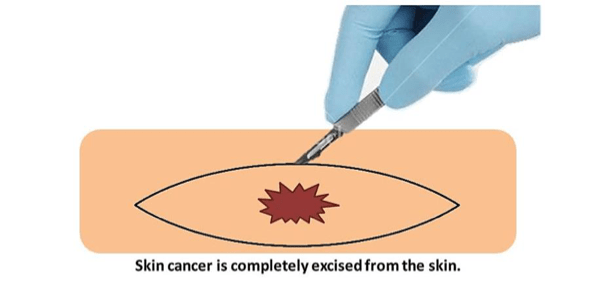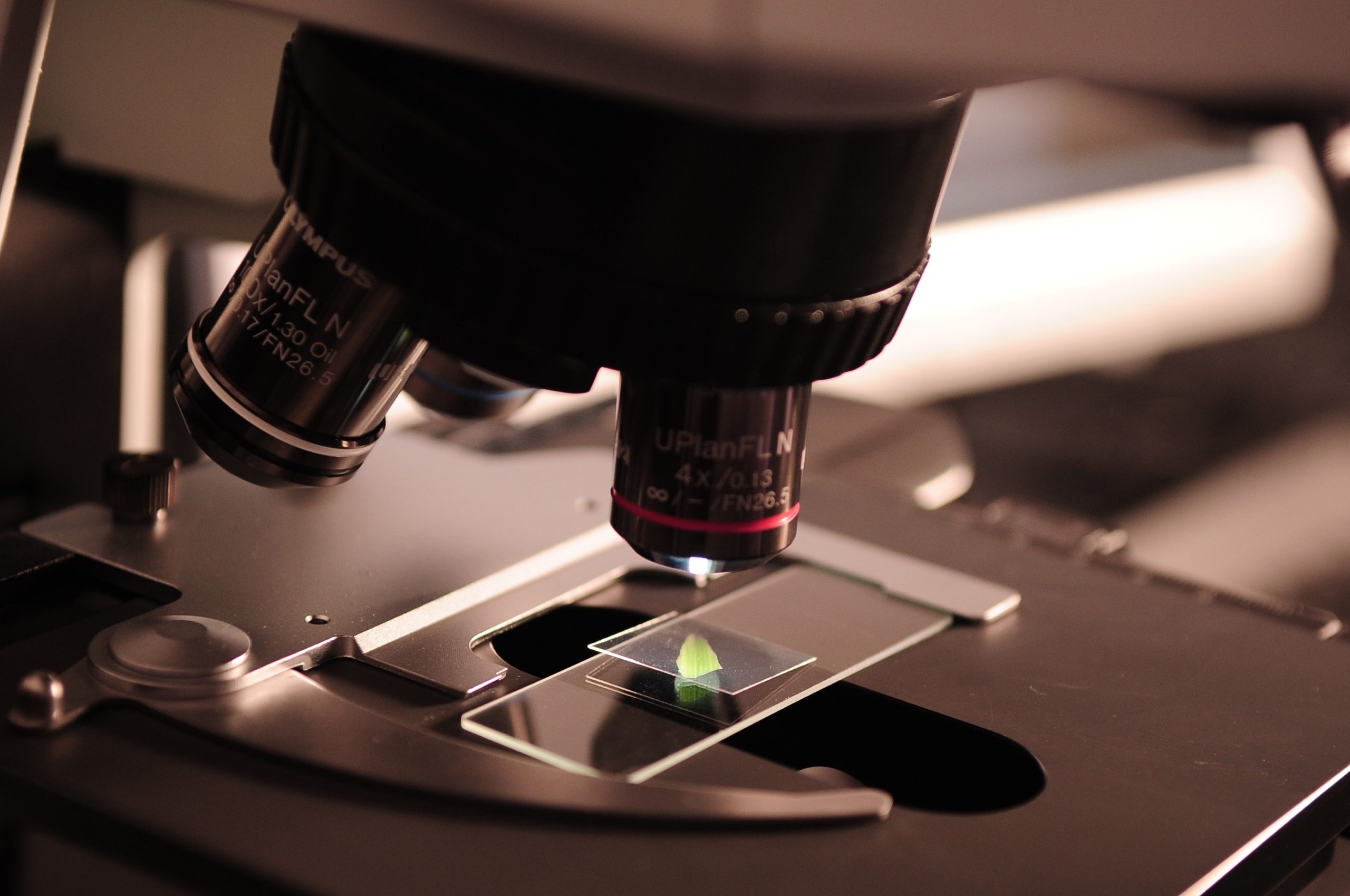Surgical Treatment of Skin Cancer
Electrodessication and curettage (aka, ‘ED&C’) ,excision, and Mohs are the most common procedures dermatologists perform for the treatment of skin cancer. Each method has its advantages and disadvantages.
Electrodesiccation and Curettage
ED&C is sometimes nicknamed ‘scraping and burning’. It’s performed by first numbing the skin and then using a tool called a curette to separate (‘scrape’) the skin cancer cells from the surrounding tissue. The reason this is effective is because skin cancer cells don’t adhere to the surrounding tissue quite as well as normal, healthy cells.
After the abnormal cells are removed, a tool called an ‘electrodesiccator’ is used to apply heat the site. Doing so helps to both further loosen the skin cancer cells from the surrounding tissue and also helps to control bleeding. It’s this heat which results in the ‘burning’ described in its nickname.

The advantages of ED&C include…
• It’s relatively quick (often complete within 10-15 minutes).
• No sutures are required.
The disadvantages of ED&C include…
- It can’t be used on all types of skin cancer or on all locations.
- Deeper skin cancers (or those on the face) usually need to be excised.
- A follow-up biopsy for ‘clear margins’ isn’t sent to the lab.
- Since the residual skin cancer is ‘scraped and burned away’ (rather than cut out), there is nothing for the lab to examine. We simply monitor for recurrence.
- It actually takes a little longer to heal than excision.
- Creates a faint, round ‘white scar’ which some may find more noticeable than the thin, ‘line-type’ of scar created by excision.
Excision
Excision is what most people think of when it comes to skin cancer surgery. Although it sounds like a major surgery, it really isn’t. Instead, it’s easily performed in our office as an outpatient procedure.
As with all skin cancer treatments, the site is first anesthetized with numbing medication so that no pain or discomfort is felt. The skin cancer is then completely excised (or ‘cut out’).

Because both the surface and deeper layers of skin around the skin cancer site are removed, stitches are needed in order for the site to heal.

The advantages of excision include…
- It’s able to treat more types of skin cancers and is suitable for nearly all locations.
- The removed skin cancer tissue can be sent to the lab to check for ‘clear margins’.
- A sutured wound actually heals faster than a non-sutured wound (such as ED&C).
The disadvantages of excision include…
- Compared to ED&C, there’s slightly increased risk of blood vessel or nerve damage since the deeper layers of skin are involved.
- The skin surrounding the excision site may feel tighter – at least until it has time to stretch and accommodate the change.
- Extra care must be taken in the weeks after surgery to prevent the sutures from breaking and the wound opening before fully-healed.
- Excision takes longer. Patients can expect to be in the office for as long as 1-2 hours to allow time for prepping, the excision to be performed, and final bandage placement.
- There’s a chance a margin can be positive and an additional procedure may be required.
Mohs Micrographic Surgery
Mohs Micrographic Surgery is a special type of excision done for Basal Cell Carcinoma and Squamous Cell Carcinoma which evaluates 100% of the margin at the time of the procedure. It is tissue sparing while at the same time delivering higher cure rates than with traditional excision, particularly for cancers in cosmetically sensitive areas or with subclinical (microscopic) extension.

The tissue is evaluated under the microscope while the patient waits. Any cancer remaining is removed precisely, leaving behind more healthy tissue than with a standard excision.
The advantages of Mohs include…
- It achieves the highest cure rate, especially for cases of more aggressive or cosmetically sensitive skin cancers.
- The patient leaves the office knowing their margins are already clear and they are free from their skin cancer.
- Done in the comfort of the office with local anesthesia, no need for hospital stay or general anesthesia.
The disadvantages of Mohs include…
- More time intensive as tissue is processed in between stages. As each subsequent stage takes time to process, some skin cancers may require several hours to remove entirely.
- However, most of this time is laboratory processing time while the patient comfortably waits.
- Not approved to treat smaller and more superficial types of cancers which may be amenable to above treatments.


